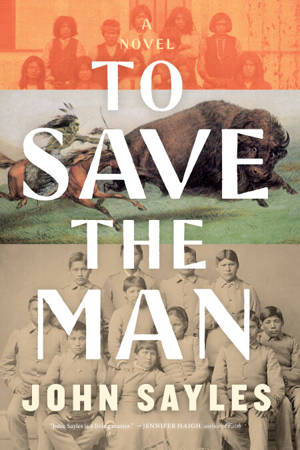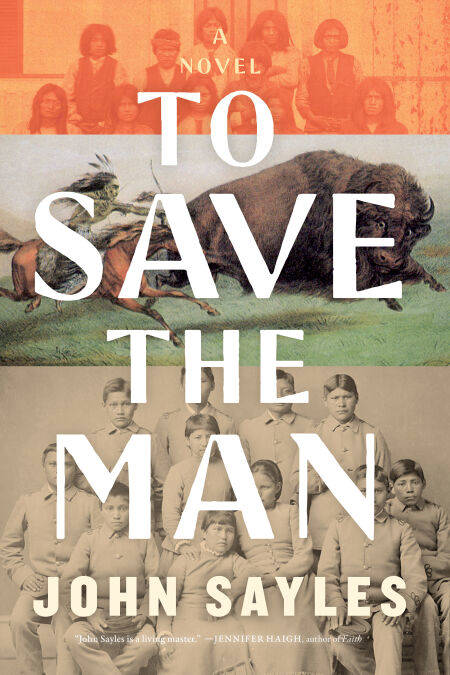
Je cadeautjes zeker op tijd in huis hebben voor de feestdagen? Kom langs in onze winkels en vind het perfecte geschenk!
- Afhalen na 1 uur in een winkel met voorraad
- Gratis thuislevering in België vanaf € 30
- Ruim aanbod met 7 miljoen producten
Je cadeautjes zeker op tijd in huis hebben voor de feestdagen? Kom langs in onze winkels en vind het perfecte geschenk!
- Afhalen na 1 uur in een winkel met voorraad
- Gratis thuislevering in België vanaf € 30
- Ruim aanbod met 7 miljoen producten
Zoeken
Omschrijving
In the vein of Never Let Me Go and Killers of the Flower Moon, one of America’s greatest storytellers sheds light on an American tragedy: the Wounded Knee Massacre, and the ‘cultural genocide’ experienced by the Native American children at the Carlisle Indian Industrial School . . .
In September of 1890, the academic year begins at the Carlisle School, a military-style boarding school for Indians in Pennsylvania, founded and run by Captain Richard Henry Pratt. Pratt considers himself a champion of Native Americans. His motto, “To save the man, we must kill the Indian,” is severely enforced in both classroom and dormitory: Speak only English, forget your own language and customs, learn to be white.
As the young students navigate surviving the school, they begin to hear rumors of a “ghost dance” amongst the tribes of the west—a ceremonial dance aimed at restoring the Native People to power, and running the invaders off their land. As the hope and promise of the ghost dance sweeps across the Great Plains, cynical newspapers seize upon the story to whip up panic among local whites. The US government responds by deploying troops onto lands that had been granted to the Indians. It is an act that seems certain to end in slaughter.
As news of these developments reaches Carlisle, each student, no matter what their tribe, must make a choice: to follow the white man’s path, or be true to their own way of life . . .
In September of 1890, the academic year begins at the Carlisle School, a military-style boarding school for Indians in Pennsylvania, founded and run by Captain Richard Henry Pratt. Pratt considers himself a champion of Native Americans. His motto, “To save the man, we must kill the Indian,” is severely enforced in both classroom and dormitory: Speak only English, forget your own language and customs, learn to be white.
As the young students navigate surviving the school, they begin to hear rumors of a “ghost dance” amongst the tribes of the west—a ceremonial dance aimed at restoring the Native People to power, and running the invaders off their land. As the hope and promise of the ghost dance sweeps across the Great Plains, cynical newspapers seize upon the story to whip up panic among local whites. The US government responds by deploying troops onto lands that had been granted to the Indians. It is an act that seems certain to end in slaughter.
As news of these developments reaches Carlisle, each student, no matter what their tribe, must make a choice: to follow the white man’s path, or be true to their own way of life . . .
Specificaties
Betrokkenen
- Auteur(s):
- Uitgeverij:
Inhoud
- Aantal bladzijden:
- 336
- Taal:
- Engels
Eigenschappen
- Productcode (EAN):
- 9781685891329
- Verschijningsdatum:
- 20/01/2025
- Uitvoering:
- E-book
- Beveiligd met:
- Adobe DRM
- Formaat:
- ePub

Alleen bij Standaard Boekhandel
+ 14 punten op je klantenkaart van Standaard Boekhandel
Beoordelingen
We publiceren alleen reviews die voldoen aan de voorwaarden voor reviews. Bekijk onze voorwaarden voor reviews.









